When car people think of Italy, their thoughts quickly turn to the iconic Italian marques: Ferrari, Fiat, Alfa Romeo, Maserati, Lancia and Lamborghini. When the opportunity presents itself to visit these famed factories, Italian design studios and numerous museums and car collections, the heartbeat quickens and plans quickly come together.
A Seattle friend, Frank Mandarano, has been conducting “Car Guy Tours” of Italy for almost 28 years, and he often talks of retiring, so my wife and I figured it was time to stop procrastinating.
The 11-day tour begins in Como. We arrived a few days early for sightseeing and to unwind from the lengthy journey. Lake Como is breathtakingly beautiful, and the boat ride up the lake to Bellagio is a must.
No, we did not see George Clooney at his lakeside mansion.
An exclusive tour of a private collection
The adventure began with a bus ride to Milan and a tour of the famed Corrado Lopresto Collection, which is not open to the public. Lopresto’s cars have won the Best of Show or Coppa d’Oro at the Villa d’Este Concours d’Elegance on six occasions.

We were greeted by a 1955 Lancia Aurelia Florida prototype that was bodied by Pinin Farina. It was on its way to an exhibit elsewhere in Europe but they delayed its departure for our arrival. The collection focuses on unusual cars, prototypes, and first-production cars. The earliest known Lancia was displayed — as well as a 1948 Isotta Fraschini Monterosa, one of only five built.
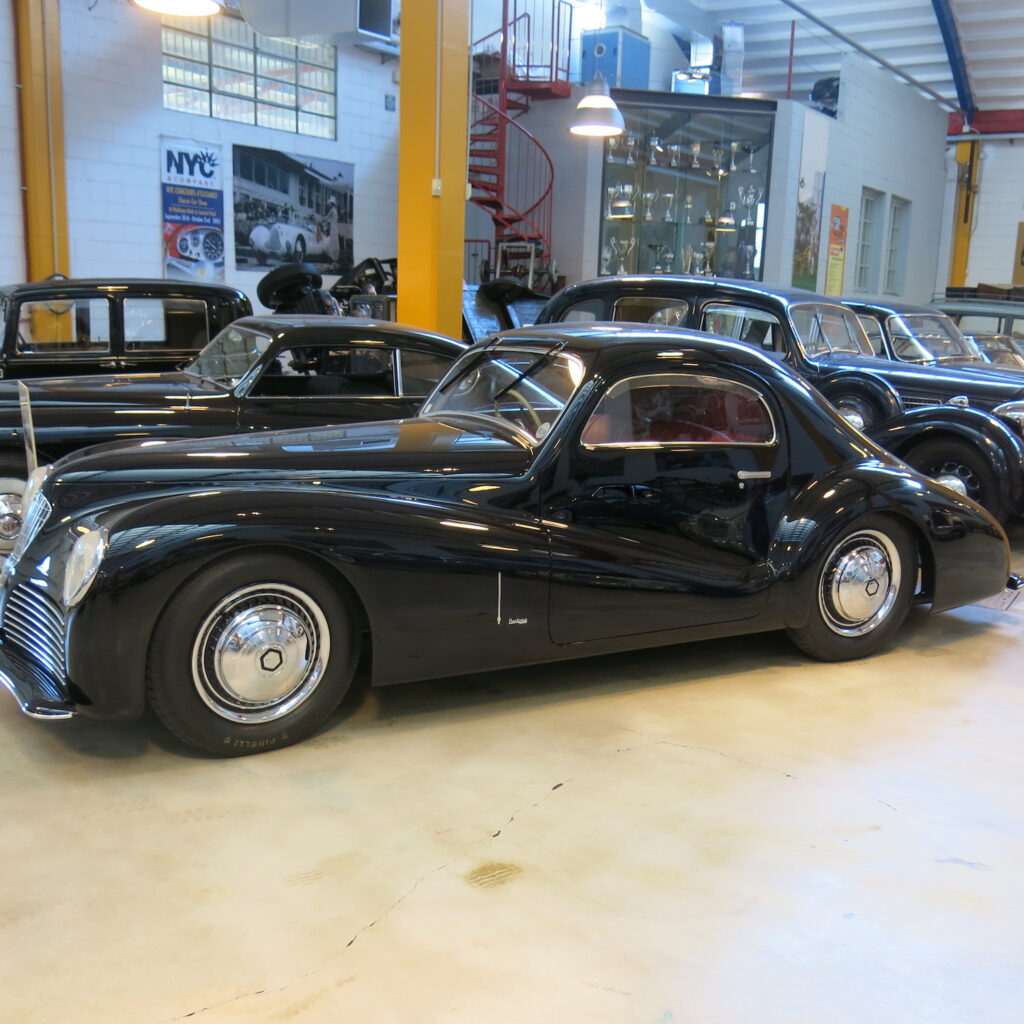
A favorite was the 1942 Alfa Romeo 6C 2500 SS with swoopy coachwork by Carrozzeria Bertone. In 2010, this very car won a backseat full of awards touring the United States. A most impressive collection.
The afternoon was spent at the incredible Alfa Romeo Museum in Milan. It covers the history of the storied marque from the 1910 A.L.F.A. 24 HP to the 8C Competizione. The 8C 2900B Speciale Tipo Le Mans and the light blue 1938 8C 2900B Lungo by Carrozzeria Touring were of special interest.

Also drawing crowds were the futuristic 1913 40/60 Aerodinamica by Castagna and the 1952 1900 C2 Disco Volante. The history of the company, which included their racing involvement, was displayed in an orderly and logical manner — and a visit should be on your bucket list.


Zagato and Fiat
The next day we visited Zagato, which was founded in Milan in 1919, and many of its earlier designs were for Alfa Romeo.
Their “double-bubble” design, which first appeared on the Fiat Abarth 750 GT allowed the roof to be lowered — with a “bubble ” for the helmets of the driver and co-driver.
On display was one of the 19 sets of “The Pair,” which included a modern version of the 1960 Aston Martin DB4 DBZ continuation and a new DBS GTZ. Also on display was the IsoRivolta GTZ. Zagato remains an independent company, and their designs continue to excite.
We then traveled to Turin, where we visited the Fiat Museum, which has Fiat’s first-ever car, which was built in 1899. It was on display, along with their cute little Topolino, which was produced from 1936 until 1948 and brought “motoring for the masses.” The sporting 1100 TV was on many want lists, but everyone was delighted with the 525 SS, which at one point was on many of the most-beautiful cars of all-time lists. Also on display was the 1947 1100 S, which claimed 2nd, 3rd and 4th at the Mille Miglia. Their aircraft display and vintage advertising posters was also of interest.


The afternoon was spent at the Museo Nazionale dell’Automobile, which was founded in 1932 and is one of the foremost technical and science museums in the world. It traces the history of mobility with over 200 vehicles displayed. Its reputation is well deserved, as many of the cars were displayed in their original settings with thorough explanations of their impact on motoring history. Of particular interest was the 300-horsepower Fiat Turbina which was described as “…a sophisticated, intriguing aerodynamic prototype. Without a future.”

The next day we visited the Maserati SUV factory, where the Levante is produced along with several Fiats. Maserati is part of the Stellantis Group, which controls 14 brands including Alfa Romeo, Fiat, Lancia, Chrysler, Dodge and Jeep.
Designers galore
We spent the next few days visiting several of the foremost Italian designers including GFG Style that was founded by Giorgetto Giugiaro, who many consider the most-influential designer of the 20th century. His designs include the Maserati Merak and Ghibli, Iso Grifo, Lotus Esprit and the DMC DeLorean.
Italdesign, Leonardo Fiorvanti. and the Pininfarina Design Center were also stops during the next few days. At Pininfarina, which was founded in 1930 by Battista “Pinin” Farina, our host was Paolo Pininfarina, who is the current CEO and grandson of Battista.
On to Modena
We departed Torino for the three-hour ride to Modena for visits at two repair or restoration facilities. Both Bacchelli & Villa and Carrozzeria Cremonini are known for their exceptional craftsmanship, metal shaping and paint work. It was explained that a minimum of 100 hours went into preparing and painting a vehicle, and the effort was evident, as the results are concours-worthy.
Our final stop prior to the weekend was the Museo dell’Auto Storica Stanguellini. During the late 1800s Francesco Stanguellini built kettledrums, but in 1910 he began selling Fiats and tuning engines. This evolved into building winning sports cars including the 1100 Sports Barchetta and the Stanguellini FJ 1100, which won several European and Italian championships. An original 1908 Fiat Tipo O was on display wearing the oldest-known Italian license plate. The sign collectors in our party were impressed with the extensive collection of interesting and rare porcelain signs.
Ferrari and Lamborghini
We finally had our highly anticipated visit to Ferrari. Now, it is often said that “Nothing is easy in Italy,” and our visit was no exception, as the requirements for entry changed frequently. Everything worked out — and exceeded our expectations. It was interesting to note that the Ferrari V8 engines were built in a conventional production line process but the V12 is built by a single technician. The V8s take three days to build, but the V12s require a week. It was fascinating!

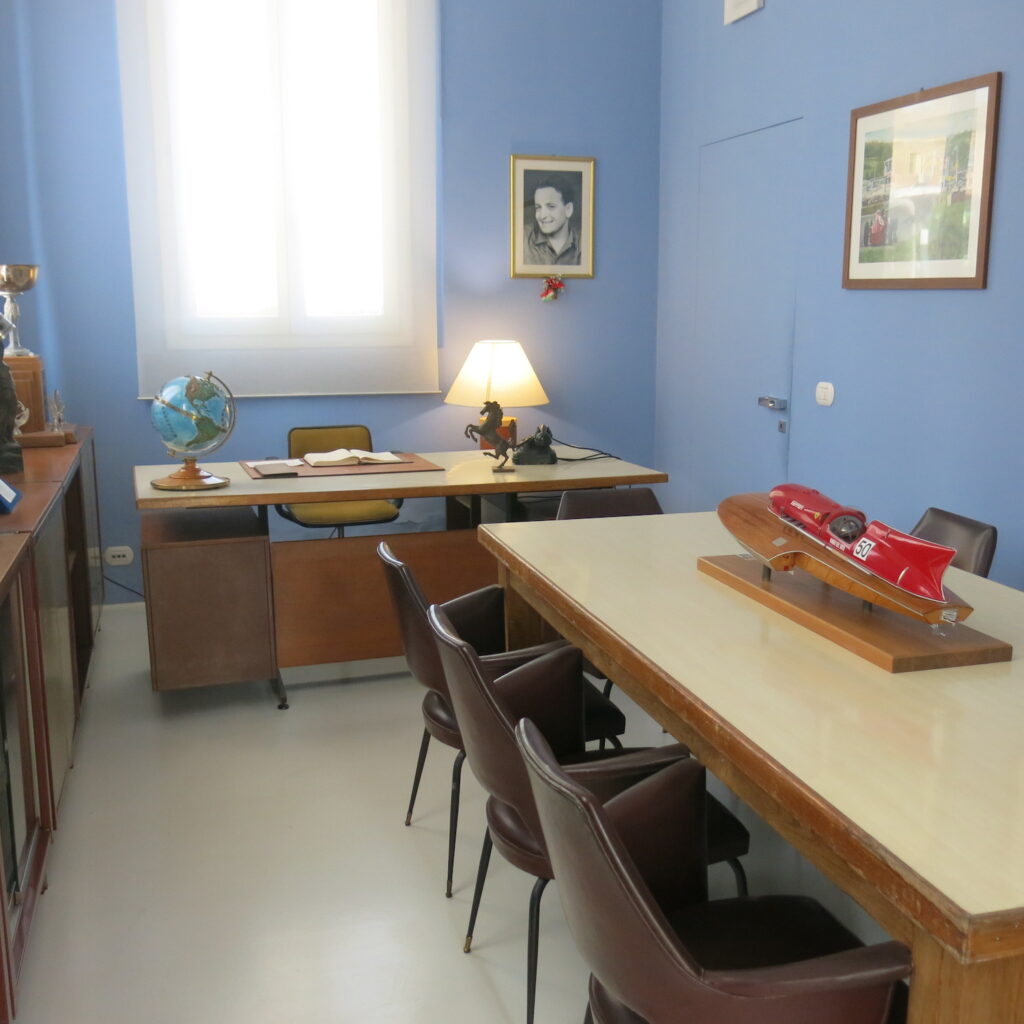
Ferrari has about 4,800 employees and about a quarter of them are involved in their racing program. We visited the facility where the race cars are torn down after almost every race — and every part is inspected for wear. We were asked what we thought was the most-expensive part on a Ferrari F1 car. Most were surprised to find out it is the steering wheel!
The next day’s destination was the Ferruccio Lamborghini Museum. Lamborghini was a successful manufacturer of tractors and Ferruccio had a passion for fast cars.
He had acquired a Ferrari 250 GTE, and when the clutch quickly failed, he complained to Enzo. He was, according to legend, told by Ferrari to learn to be a better driver. He installed a tractor clutch — and problem solved. He went on to produce the 350 GT and the Miura SV, which put the company on the map. Ferruccio Lamborghini described the Miura as “The most curvy Italian after Sophia Loren.”
Also on display was the 400 GT and the 11-time world champion offshore boat that was powered by Lamborghini engines. The gift shop did a brisk business, as where else could you find a Lamborghini cigar humidor or a bottle of Lamborghini vodka?
A real treat was our visit to the Mario Righini Collection, which was housed in an expansive countryside castle. With a couple of exceptions, the 100 or so cars were not restored, but they were well maintained in their original condition. They were stored bumper to bumper, making it difficult to walk around.


We almost walked by an Alfa Romeo Giulia TZ, one of 112 produced and worth about $1.5m. In a corner was a rather lonely Ferrari 250. In another small storage area was the first Ferrari built by Enzo Ferrari, He had been let go by Alfa Romeo in 1940 and planned on building 10 race cars. Only two were built, and this is the only remaining example. It was entered in the 1940 Mille Miglia but failed to finish. An amazing collection!
On our final day we visited Schedoni, the famed luxury luggage manufacturer for Ferrari and current supercars. Our tour was conducted by Simone Schedoni, grandson of founder Giuseppe Schedoni. The quality of their product was exceptional. We then visited the Modena Maserati factory where we observed their new MC20 Cielo supercar on the production line, and we all pined for the twin-turbo V6 car that produces 621 horsepower and has sensational styling.
A polo shirt in the gift shop with the trident logo caught my eye, but the €320 price tag was a bit much. Out final stop was the Enzo Ferrari Museum, where dozens of Ferrari racing and touring cars were on display.

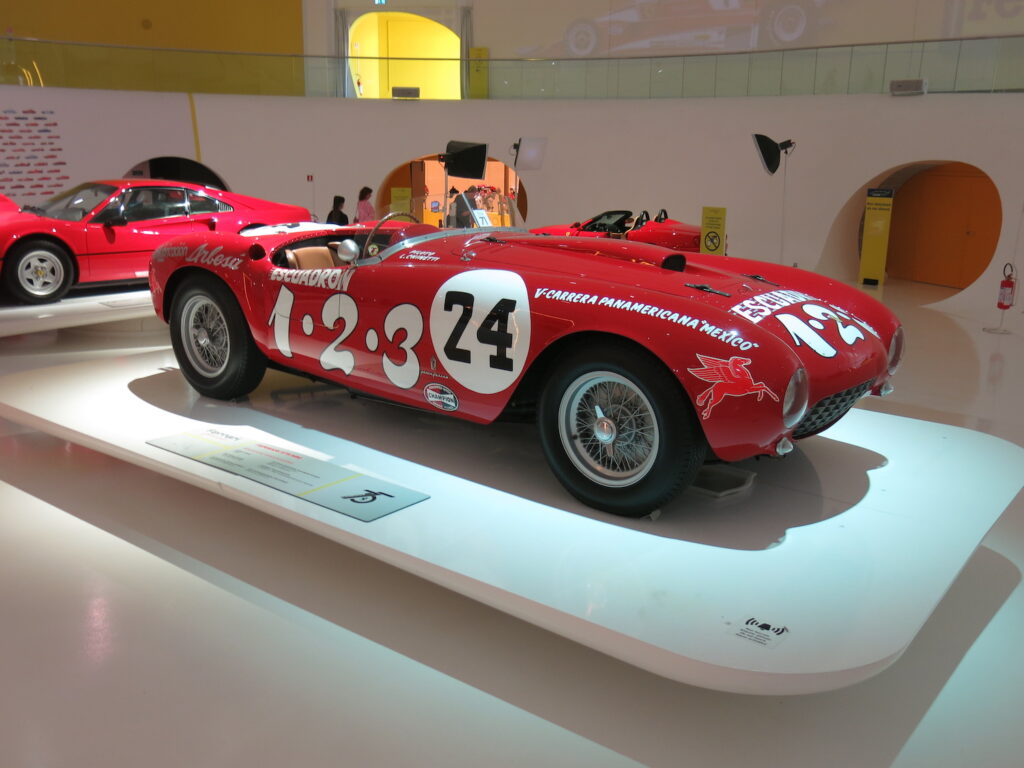
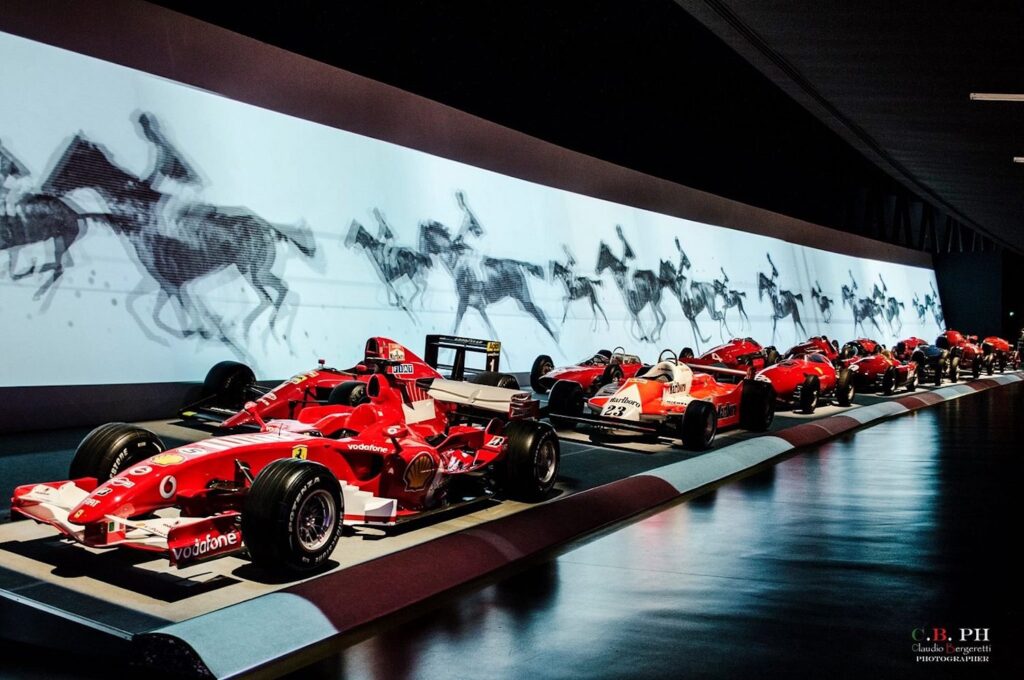
That evening we had our final dinner, where famed Lamborghini test driver Valentino Balboni was the guest speaker. A fitting ending to an exciting and informative adventure!


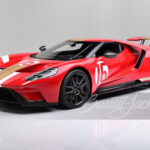
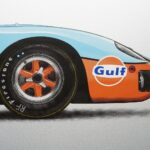
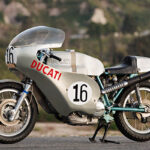
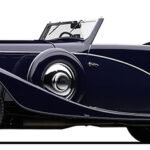
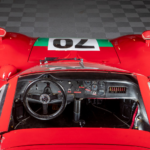

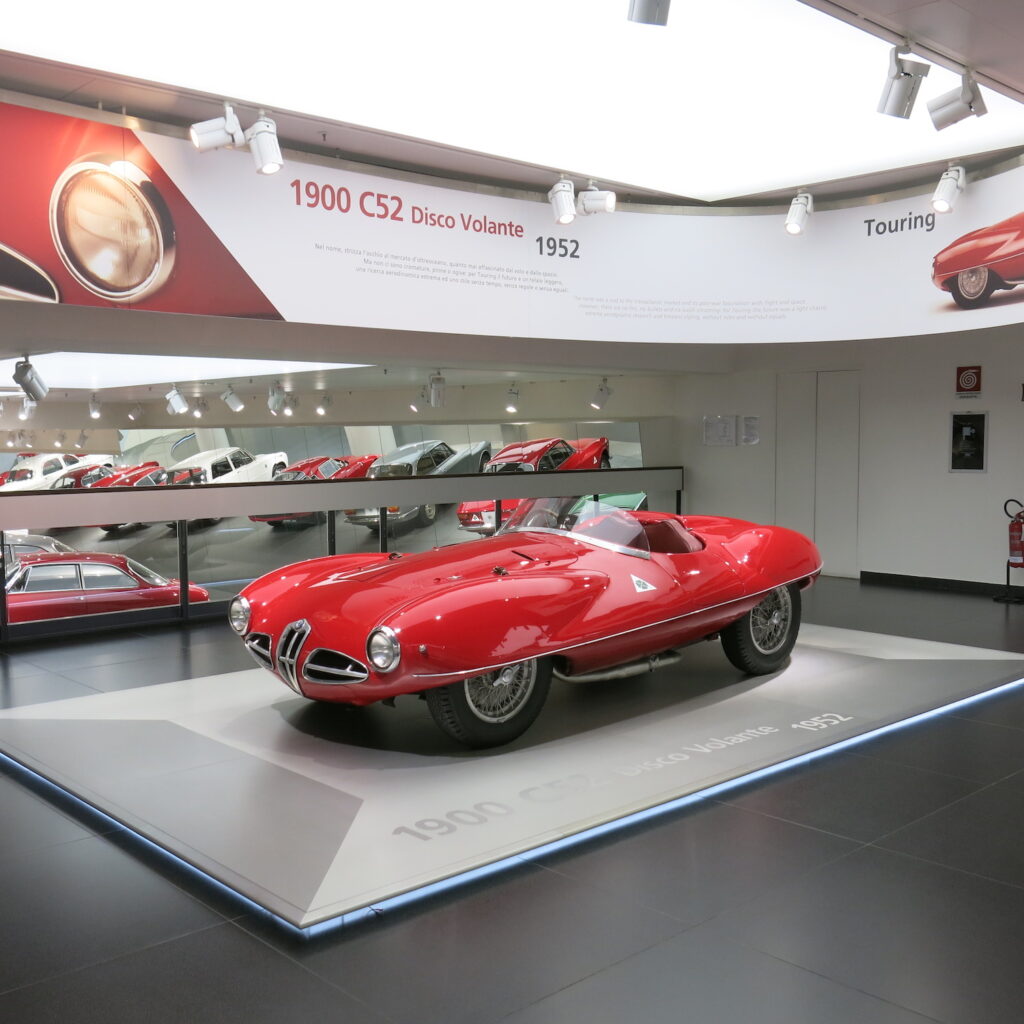
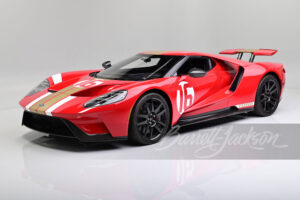
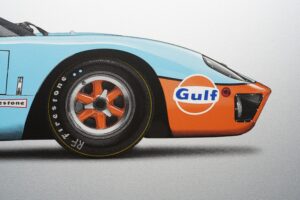
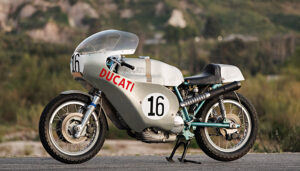
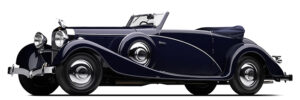
More Stories
Lime Rock Park’s Memorial Day Classic
Going to the Grand Daddy
Miami Motorcar Cavalcade Showcases Style, Fashion and Automotive Excellence